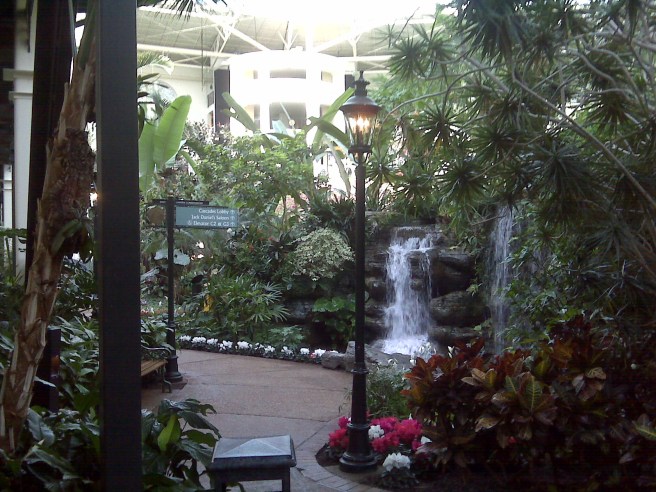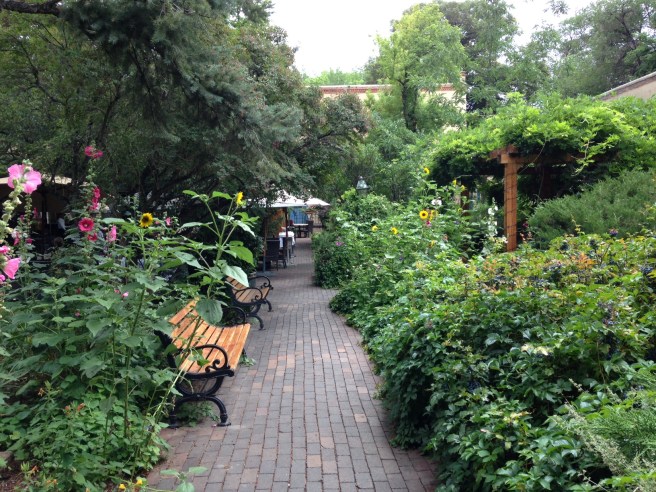I have understood all along why President Obama has resisted using terms like “Muslim extremists” or “radical Muslims” to identify terrorists who pervert Islam for evil purposes. Peaceful Muslims in this country are in a precarious state. However, his resistance to associate some terrorists acts with fundamentalist Muslims denies the very real danger presented by radical religious practice everywhere. Islam does not have a monopoly on terrorists who claim to be part of a religion. Peace-loving Christians have no trouble distinguishing the faith they practice from the hate-filled ideology of the Westboro Baptists or the KKKs of this country, but they rarely deny that these groups are identified with Christianity. They may call them fundamentalists, evangelicals, zealots, nutcases, or even ultra-conservatives, or they may use quotation marks to imply they are not truly “Christians” at all, but they don’t call them atheists or agnostics either. Bands of Hindu radicals have been responsible for murdering scores of Muslims and Christians. We need to accept the fact that evil people use religions — all religions — as excuses to carry out horrific acts of violence.
I tend to agree with some commentators lately who have started identifying ISIS as a cult, a term that typically has negative connotations for most people, especially people of faith. Just to clarify, I am thinking in terms of the ISIS organization. Even though the recent Orlando shooter apparently invoked the name of Allah in his 911 call, that doesn’t necessarily put him in the league with ISIS, and it certainly doesn’t qualify him to be a Muslim as it is defined by millions of members of that faith around the world. I am quite sure that assassins throughout history have shouted “God’s will be done” before committing similar acts of cowardliness and evil. Doing so did not make them Christians in my view. At the same time, the only real difference between a cult and a religion is the number of people who claim allegiance. I do think we need to recognize that some of these attacks on our soil are inspired by maniacs with a warped, perverted sense of religion. Sometimes it’s Christianity; other times it’s Islam. Ignoring that fact doesn’t help us understand the motivations any better and may actually hinder us from addressing this global problem.
I don’t really think that the labels the President or anyone else chooses to use to describe these monsters are going to diminish their zeal and their thirst for blood, but I do think understanding their identification with the religion can be helpful in combating them. Rather than marginalizing peaceful Muslims, perhaps we can get more of them to help us stamp out the “cult.” Peace-loving Christians sat in church with KKK members for decades, and probably still do now. The KKK certainly fits the description of a cult in my mind, and I would bet my next paycheck that a lot of people outside the Christian faith would identify the KKK as a Christian cult or a perverted Christian organization because of the language and symbols used by the organization. I have never heard anyone claim that the KKK was an independent cult that has no identification with Christianity. They would have said the same about Koresh’s clan. I can remember growing up in a Baptist church and being taught that Mormons were members of a cult, yet almost any scholarly treatment of Mormonism identifies it as a Protestant denomination. In other words, it is very difficult to define what a cult is, and most cults historically have had their roots in existing religions. We ignore what inspires young people to join radical, hateful groups at our peril, and a perverted affiliation with a major world religion is a strong incentive for a weak, impressionable mind.
The way many people distinguish violent religious fanatics from the mainstream practitioners is by claiming that the fanatics aren’t practicing the “true” faith. And yet, the pro-lifer who turns murderer by bombing an abortion clinic may embrace all the trappings of Christian practice: attending church regularly, giving to Christian charitable causes, praying every day, reading the Bible, etc. He believes that he is doing God’s will by sacrificing the evil doctor who, in his mind, is murdering the unborn. As twisted as he is in his thinking, he still identifies with fundamental Christian beliefs, many of which he will justify with the Bible. His friends and acquaintances will identify him as a Christian, and some of them will continue to do so after he commits murder, even though they may not condone his actions. They will say things like “his convictions were strong, but he went about it the wrong way.” The real irony is that the abortion doctor may actually believe many of the same tenants of the faith that his killer does. I think this same paradigm is sometimes at play with ISIS members and their sympathizers. Most peaceful Muslims are horrified by their actions and are in fact victims of their evil deeds. But I don’t think we can escape that a perverted interpretation of Islam is what drives ISIS and what attracts sympathizers. Again, as peaceful people, we ignore that unavoidable truth at our own risk and by doing so hinder our ability to overcome terrorism in all its manifestations.






